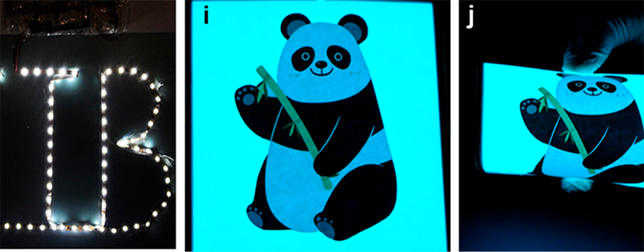Researchers in Hong Kong have created a yarn-shaped rechargeable zinc-ion battery that produces power when stretched, bent, cut, or washed with water. Researchers believe this new battery could be woven into smart clothes filled with sensors and integrated into commercially manufactured textiles to power electronics, wearable displays, and medical implants.
The yarn is now a member of a group of flexible energy-generating and storing devices that can be combined into power fabrics, such as solar ribbons (can be woven into fabrics), knittable supercapacitors, and power-generating yarns that use mechanical energy to produce power.
Previously, scientists have tried to make flexible zinc-manganese alkaline battery because of their low cost, high capacity and safety, but those batteries possessed low capacity and couldn’t be recharged. These new zinc-ion batteries however, are rechargeable and perform much better.
Read more How Researchers are Working to Improve Performance of Batteries
Chunyi Zhi of the City University of Hong Kong and his team created their yarn-like rechargeable zinc battery by twisting carbon nanotube fibers into yarn. One piece of yarn was coated with zinc to serve as an anode and another was coated with manganese dioxide to perform as a cathode. Next, they wound the two yarn pieces on an elastic fiber, soaked it with a regularly used water-absorbing gel, and then encased the device in elastic silicone and a water repellent.
The yarn battery has an energy density of 53.8 milliwatt-hours per cubic centimeter, which is almost 3 times higher than commercial thin-film lithium-ion batteries. After 500 recharging cycles it can still retain over 98% of its capacity.

“Compared with traditional lithium-ion batteries, which suffer from intrinsic safety and cost issues, this yarn battery can work well under various severe conditions,” Zhi says.
It retains 95% of its original capacity when twisted, knotted, bent, and stretched up to 3 times its length. And it was able to retain over 96% of its original capacity after being soaked in water for 12 hours.
Read more Innovative Charging Solutions for Your Cellphone and Other Electronics
To confirm the yarn battery’s strength, the researchers used the battery to make a 1-meter long yarn, then cut it into 8 pieces, and showed that each piece could power a watch. To further prove its efficacy, the researchers wove the small pieces into a battery textile, and showed they could power pulse monitors, a 10 cm x 10 cm flexible electroluminescent panel, and a strip of 100 LEDs.
The team is now trying to incorporate their new yarn batteries into commercial fabrics and develop a large-scale manufacturing method for the batteries, according to Zhi.
“We also have a plan to develop other types of yarn batteries with more functions such as self-healing ability, or self-charge capability when combined with a solar cell component,” he concluded.
The finding of the research was published in the journal ACS Nano












